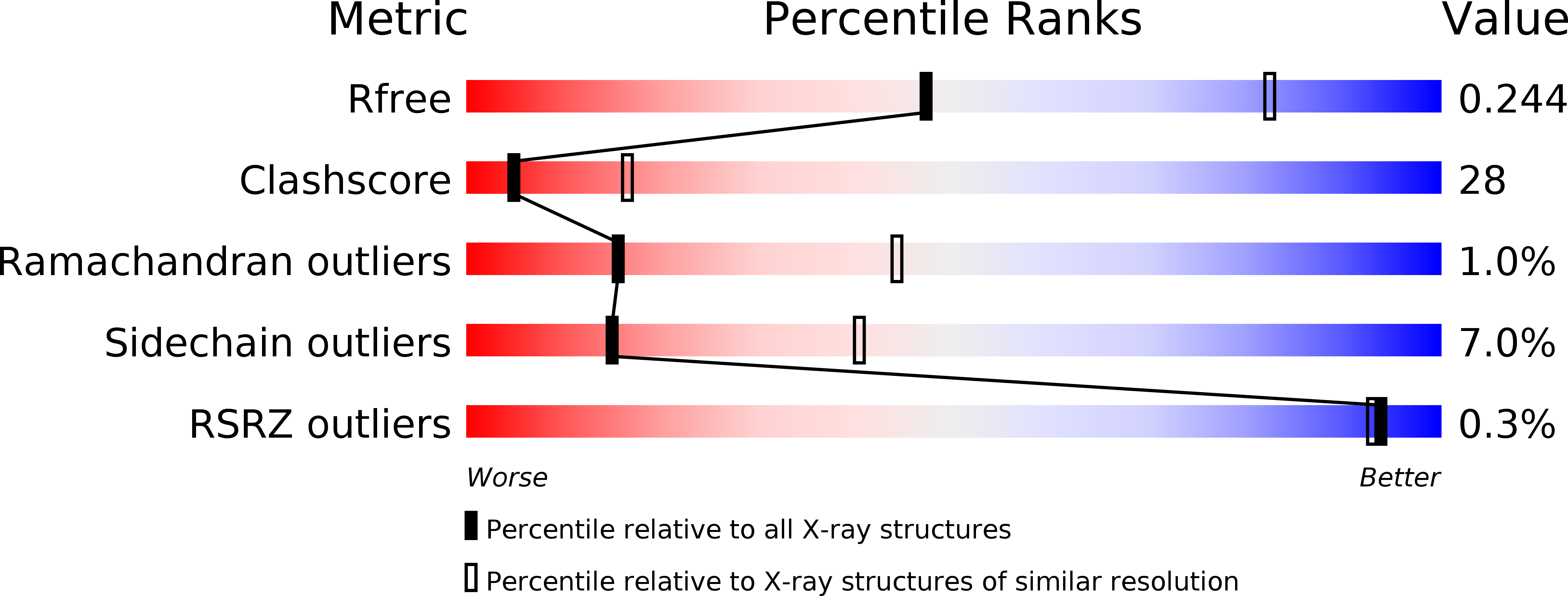
Deposition Date
2012-06-26
Release Date
2012-07-11
Last Version Date
2023-11-08
Entry Detail
PDB ID:
4FQZ
Keywords:
Title:
Crystal structure of a protease-resistant mutant form of human galectin-8
Biological Source:
Source Organism:
Homo sapiens (Taxon ID: 9606)
Host Organism:
Method Details:
Experimental Method:
Resolution:
2.80 Å
R-Value Free:
0.25
R-Value Work:
0.20
R-Value Observed:
0.20
Space Group:
P 43 21 2


